According to the Ho Chi Minh City Real Estate Association (HoREA), if point b, clause 1, point a, clause 4 and clause 6, Article 128 of the draft Land Law (amended) are not amended, the consequence may be that land management, exploitation and use in the next 10 years will be "blocked", not achieving the highest effectiveness and efficiency as proposed in Resolution 18.
As of October 31, the draft Land Law (amended) stipulates in Point b, Clause 1 and Clause 6, Article 128: In the case of using land to implement a commercial housing project, an agreement on receiving the right to use residential land is allowed. In the case of implementing a commercial housing project, the right to use residential land or residential land and other land must be available. According to HoREA, these regulations have not fully institutionalized the policy of Resolution 18, which is to continue implementing the mechanism of self-negotiation between people and enterprises in transferring land use rights to implement urban and commercial housing projects.
Point b, Clause 1 and Clause 6, Article 128 of the draft Land Law only allow agreements on receiving the right to use residential land or must have the right to use residential land or residential land and other land, so the content is "narrower" than the current regulations in Article 73, Point b, Clause 1, Article 169, Clause 2, Article 191 and Clauses 1 and 2, Article 193 of the 2013 Land Law. The 2013 Land Law allows economic organizations to receive the transfer of land use rights for types of land that are suitable for land use planning. In case of receiving the transfer of agricultural land use rights, there must be a written approval from a competent state agency to implement the investment project, including a commercial housing project. Point b, Clause 1, Article 128 is also "narrower" than Article 4 of the Law amending and supplementing a number of articles of 9 laws 2022, which stipulates 2 cases of having the right to use residential land or having the right to use residential land and other land that is not residential land to carry out commercial housing projects.
Point b, Clause 1 is also not consistent with Clause 6, Article 128 of the draft Land Law. Because Clause 6 stipulates 2 cases where investors must have the right to use residential land or residential land and other land to implement commercial housing projects. However, Point b, Clause 1, Article 128 only stipulates 1 case where investors are allowed to negotiate on receiving the right to use residential land and does not allow investors to negotiate on receiving the right to use residential land and other land to implement commercial housing projects.
Therefore, point b, clause 1 is "incompatible" with clause 6, Article 128 of the draft Land Law. If the content of point b, clause 1 is passed, in the next 10 years, investors will no longer be allowed to negotiate on receiving the right to use residential land and other land to implement commercial housing projects. Therefore, there will be no case where any investor meets the condition of having the right to use residential land and other land as prescribed in clause 6, Article 128 of the draft Land Law.
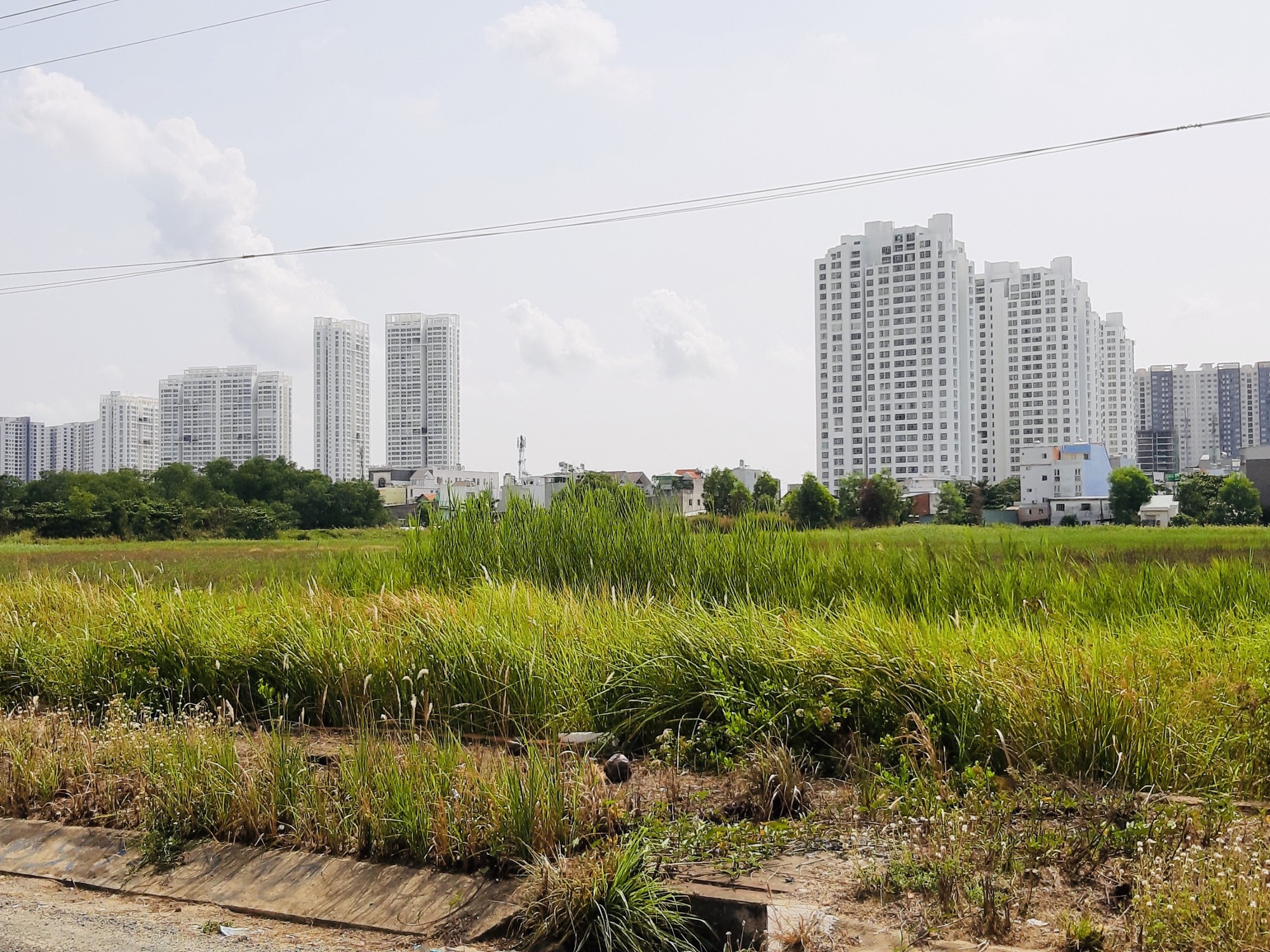
The draft Land Law (amended) if passed is expected to cause more difficulties for businesses.
Not only that, the content of Point b, Clause 1, Article 128 stipulates that investors are only allowed to negotiate on receiving the right to use residential land, which will lead to the consequence that it will not create conditions for the development of commercial housing projects, large-scale urban areas (tens, hundreds, thousands of hectares) to build synchronous urban infrastructure, with full utilities and services, develop green, smart urban areas, respond to climate change according to the orientation of Resolution No. 06 of the Politburo, typically the Phu My Hung new model urban area (phase 1) with an area of over 400 hectares.
With the regulation that investors are only allowed to negotiate on the right to use residential land, it is impossible to implement large-scale commercial housing projects, mixed housing projects and commercial and service projects. Because in reality, the residential plots attached to the houses are all small in area. The largest residential plot is not more than a few thousand square meters. Typically, in Ho Chi Minh City, there is a villa built on the largest residential plot in a suburban district with an area of only 5,000 square meters . In the inner city districts, the area of residential plots is even smaller. Typically, the ancient villa at 110 - 112 Vo Van Tan (District 3) with 3 street frontages only has a campus area of nearly 2,800 square meters .
The provisions of Clause 6, Article 128 of the draft Land Law show signs of "favoring" commercial housing project investors who already have the right to use residential land and other land. Especially enterprises that already have large areas of residential land and other land. If these enterprises have hundreds of hectares, they will have the opportunity to "dominate" the real estate market in the next 5-10 years. Because according to practice, the Land Law is only amended once every 10 years, as the Land Laws of 1993, 2003, 2013 were promulgated and in 2023, the Land Law is being considered for amendment.
Point b, Clause 1, Article 128 of the Draft Land Law, if passed, in the next 10 years, investors will no longer be allowed to receive transfers of land use rights for residential land and other land or land other than residential land to carry out commercial housing projects, so there will be no more enterprises that can meet the conditions of having land use rights for residential land and other land as prescribed in Clause 6, Article 128 of the Draft Land Law.
"In practice, commercial housing projects with 100% residential land only account for about 1% of the total number of commercial housing projects. The number of projects with residential land and other land accounts for the majority, up to about 95% of the total number of commercial housing projects. The number of projects with land other than residential land, including cases with only agricultural land or only non-agricultural land that is not residential land, accounts for about 5% of the total number of commercial housing projects and are usually large or very large-scale projects," said Mr. Le Hoang Chau, Chairman of HoREA, and proposed to add regulations allowing investors to negotiate on receiving the right to use land other than residential land, including agricultural land or non-agricultural land that is not residential land, similar to the regulations in the 2013 Land Law to facilitate and encourage the development of commercial housing projects and large-scale urban areas that can be up to tens, hundreds, thousands of hectares to have full functional areas and utilities, services. complete urban service
Source link



![[Photo] Prime Minister Pham Minh Chinh receives Mr. Jefferey Perlman, CEO of Warburg Pincus Group (USA)](https://vstatic.vietnam.vn/vietnam/resource/IMAGE/2025/4/18/c37781eeb50342f09d8fe6841db2426c)
![[UPDATE] April 30th parade rehearsal on Le Duan street in front of Independence Palace](https://vstatic.vietnam.vn/vietnam/resource/IMAGE/2025/4/18/8f2604c6bc5648d4b918bd6867d08396)



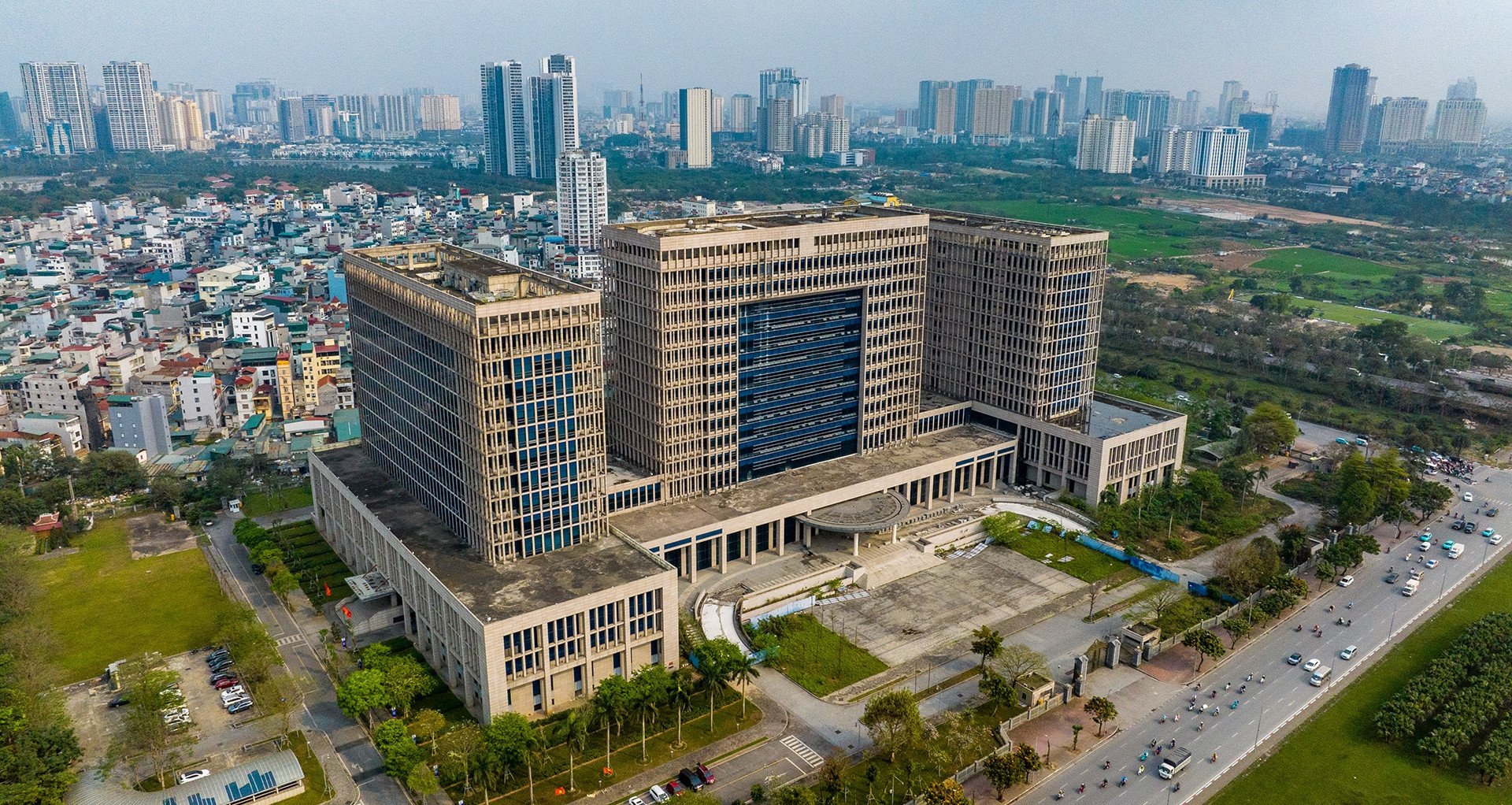

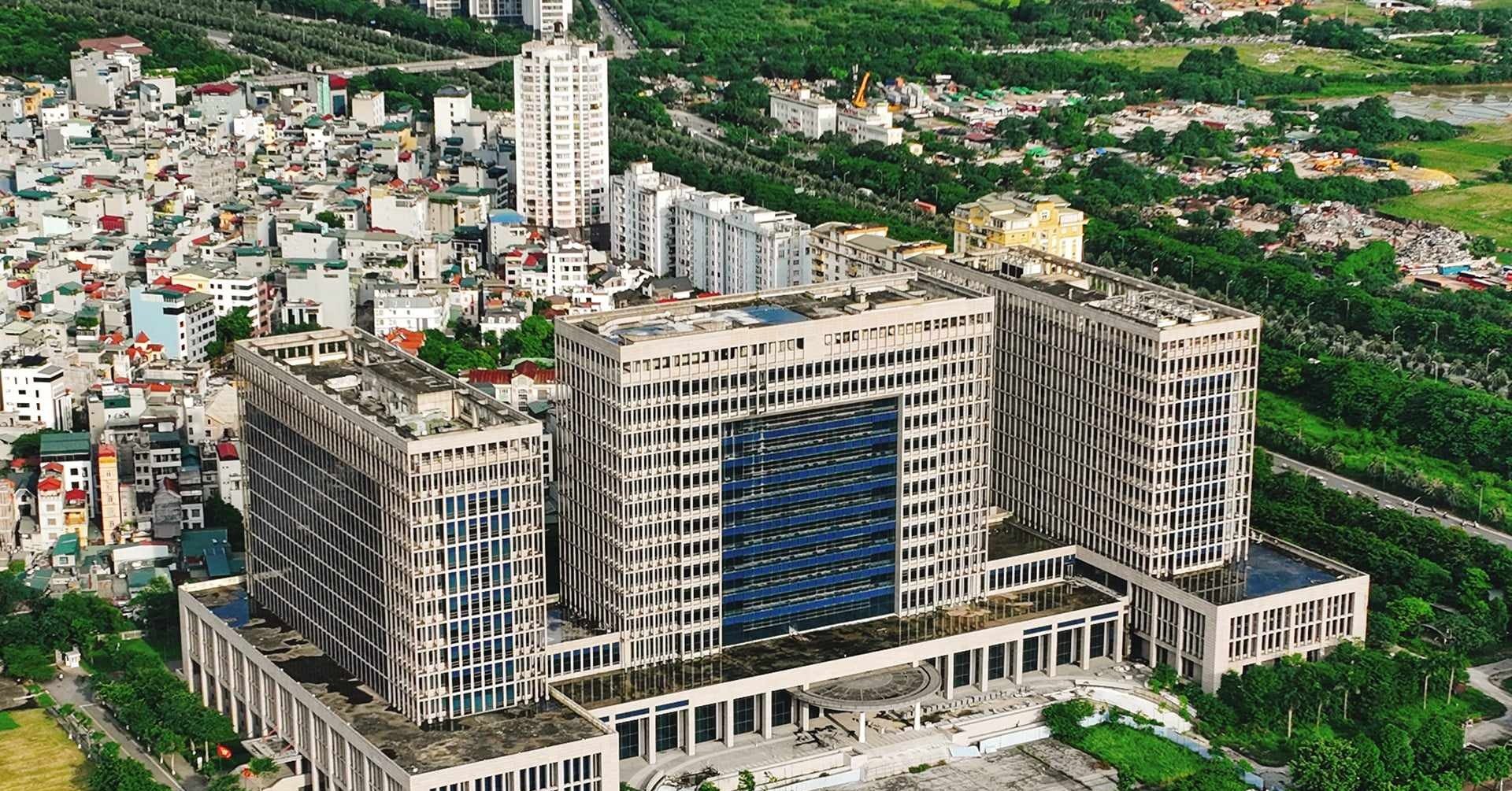


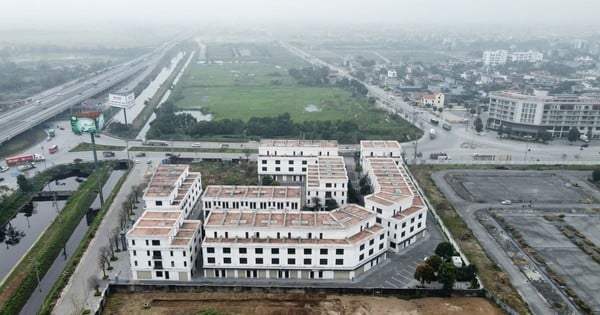




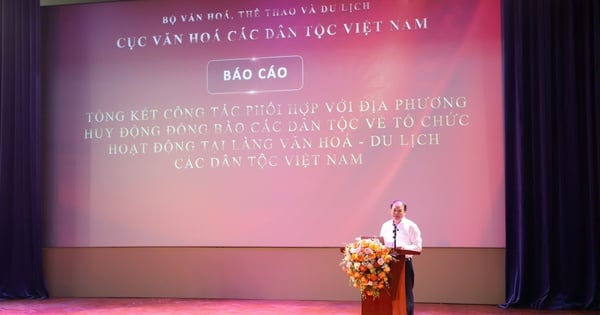
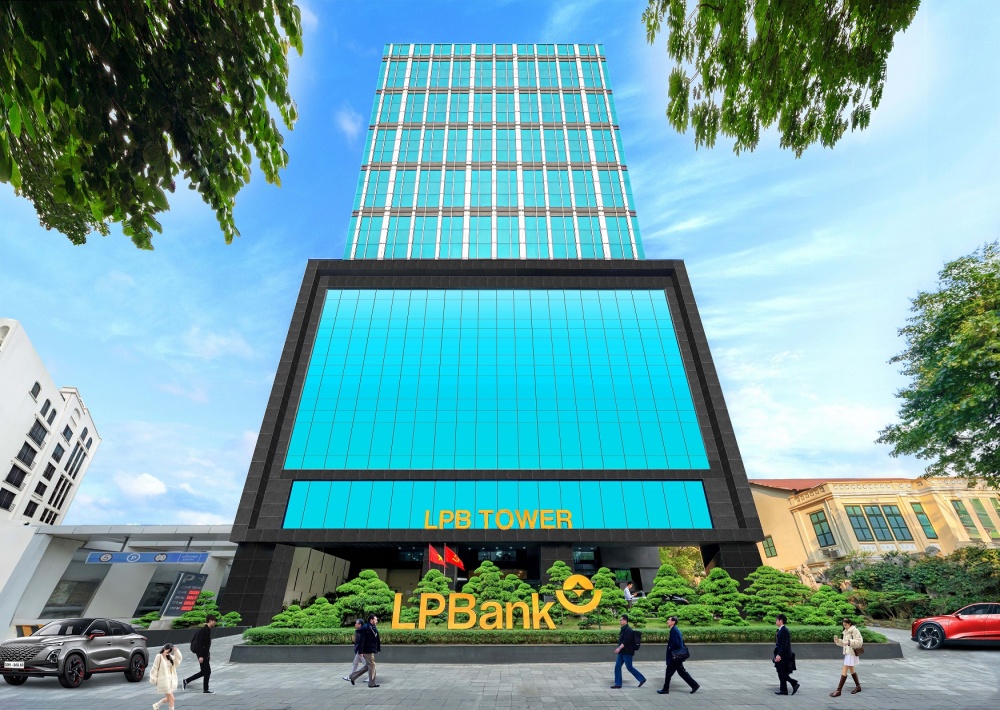


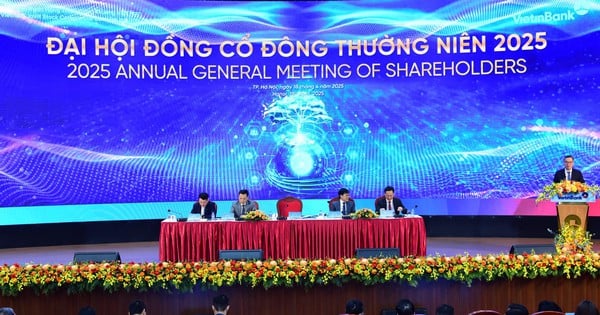
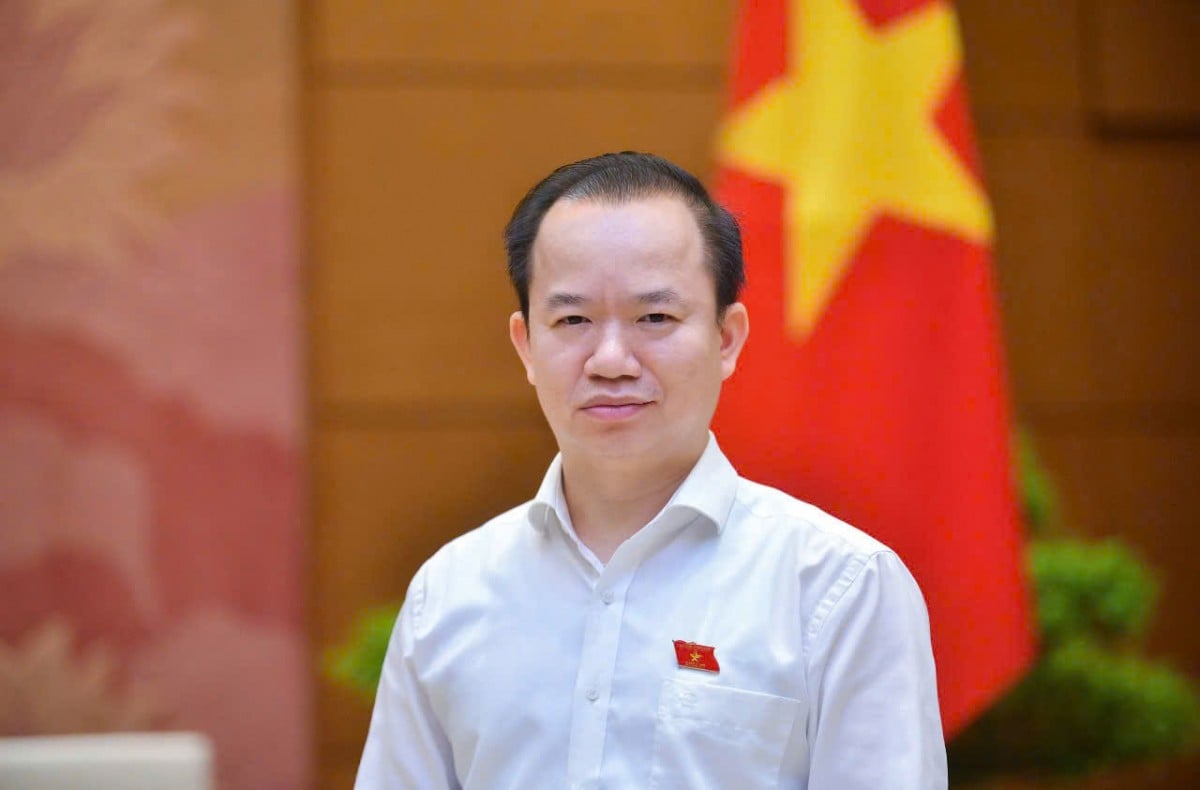






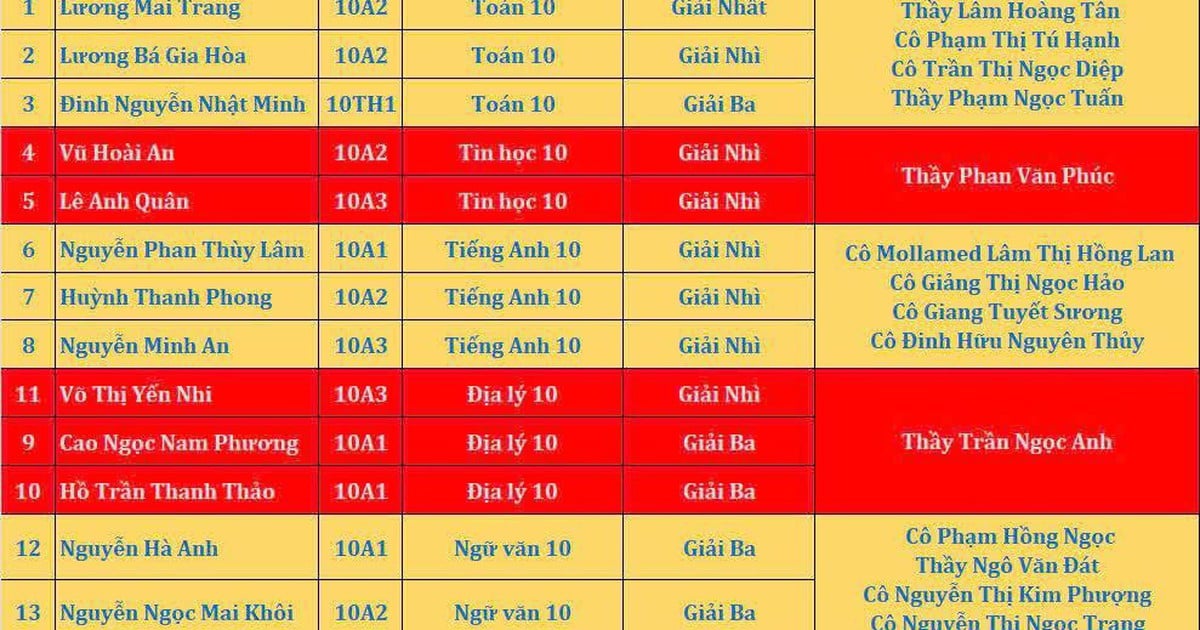























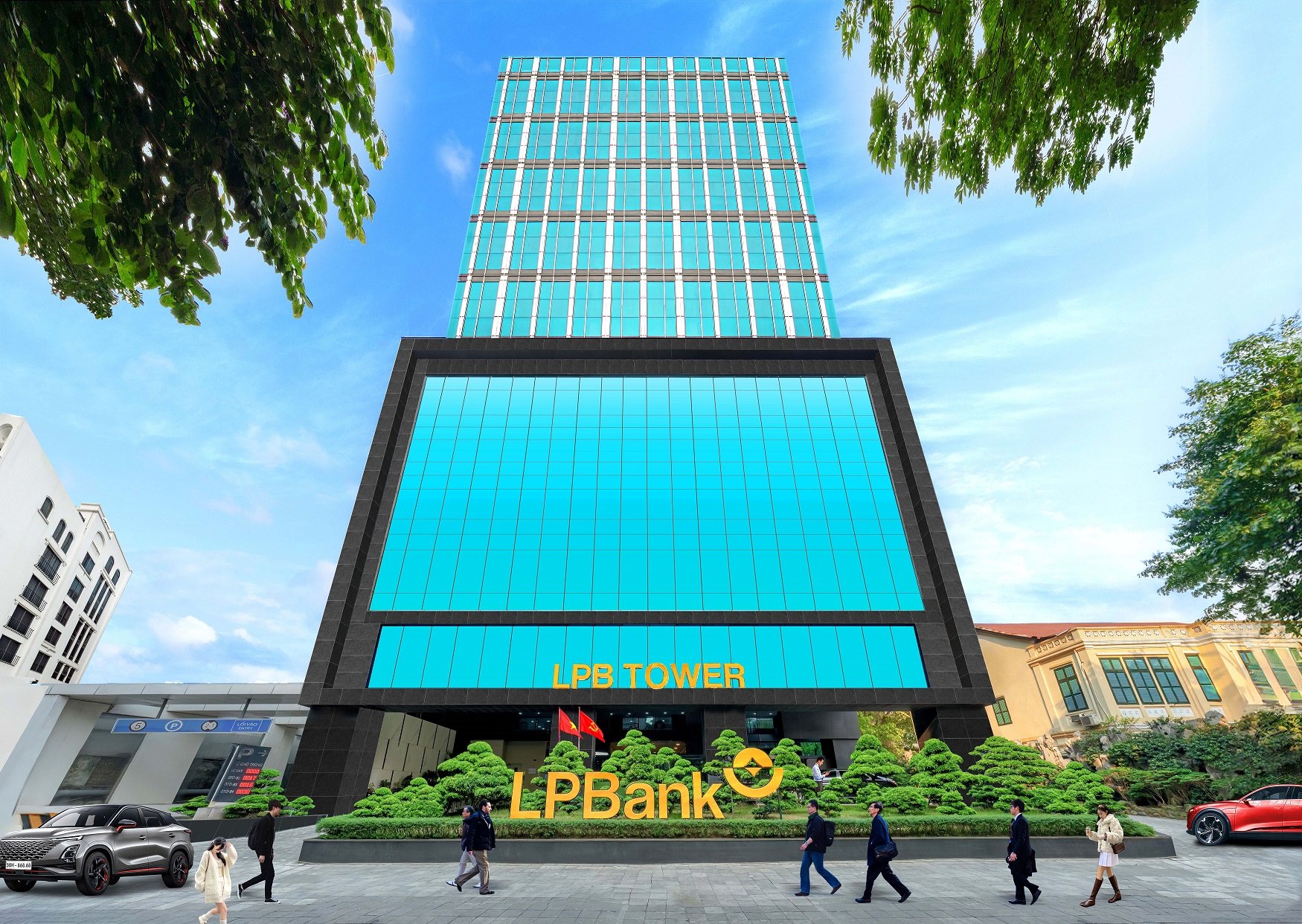










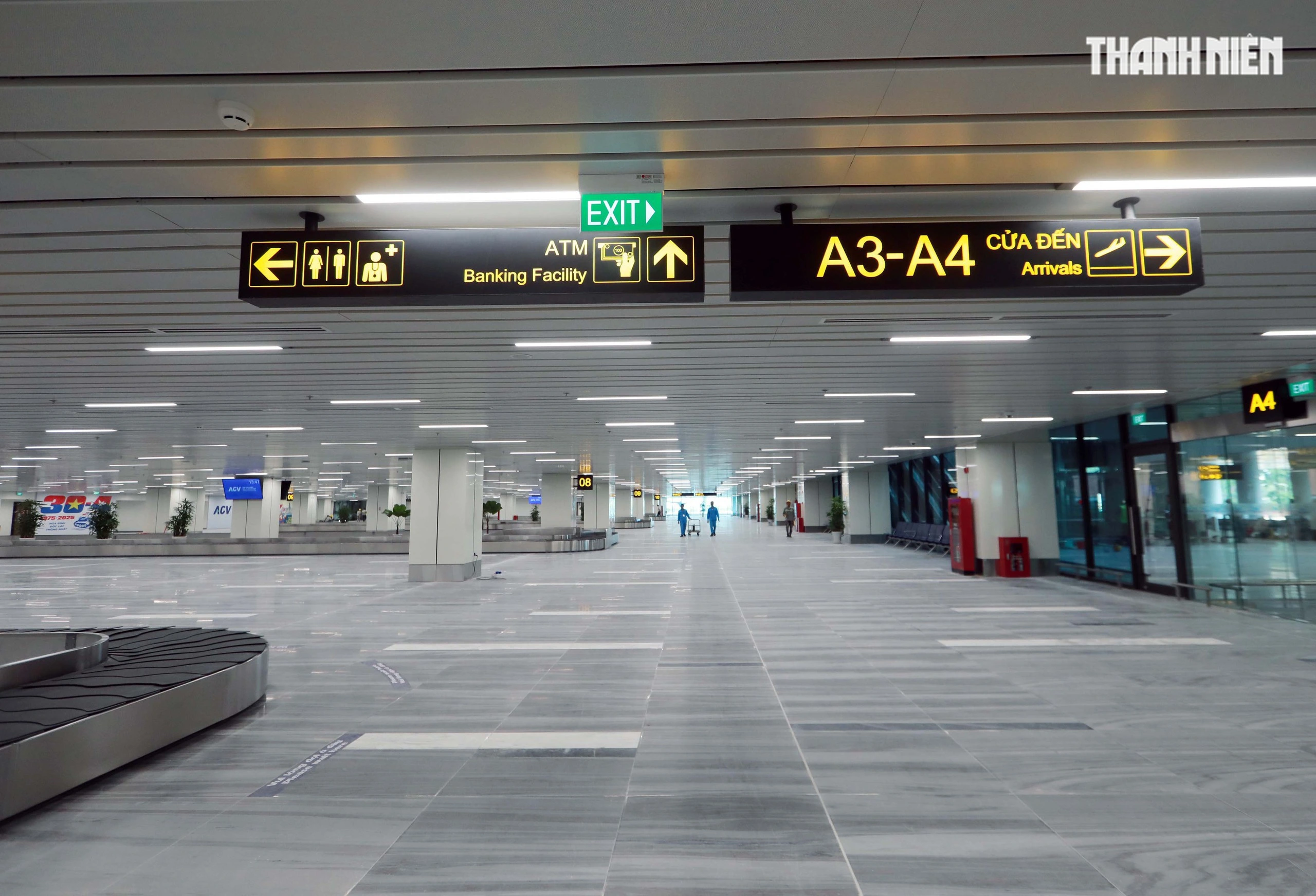
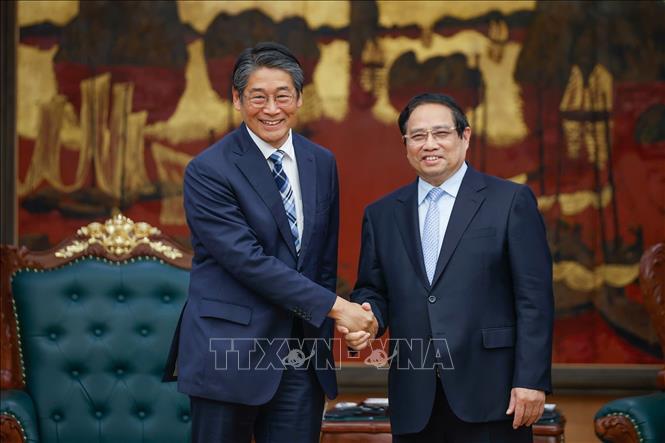



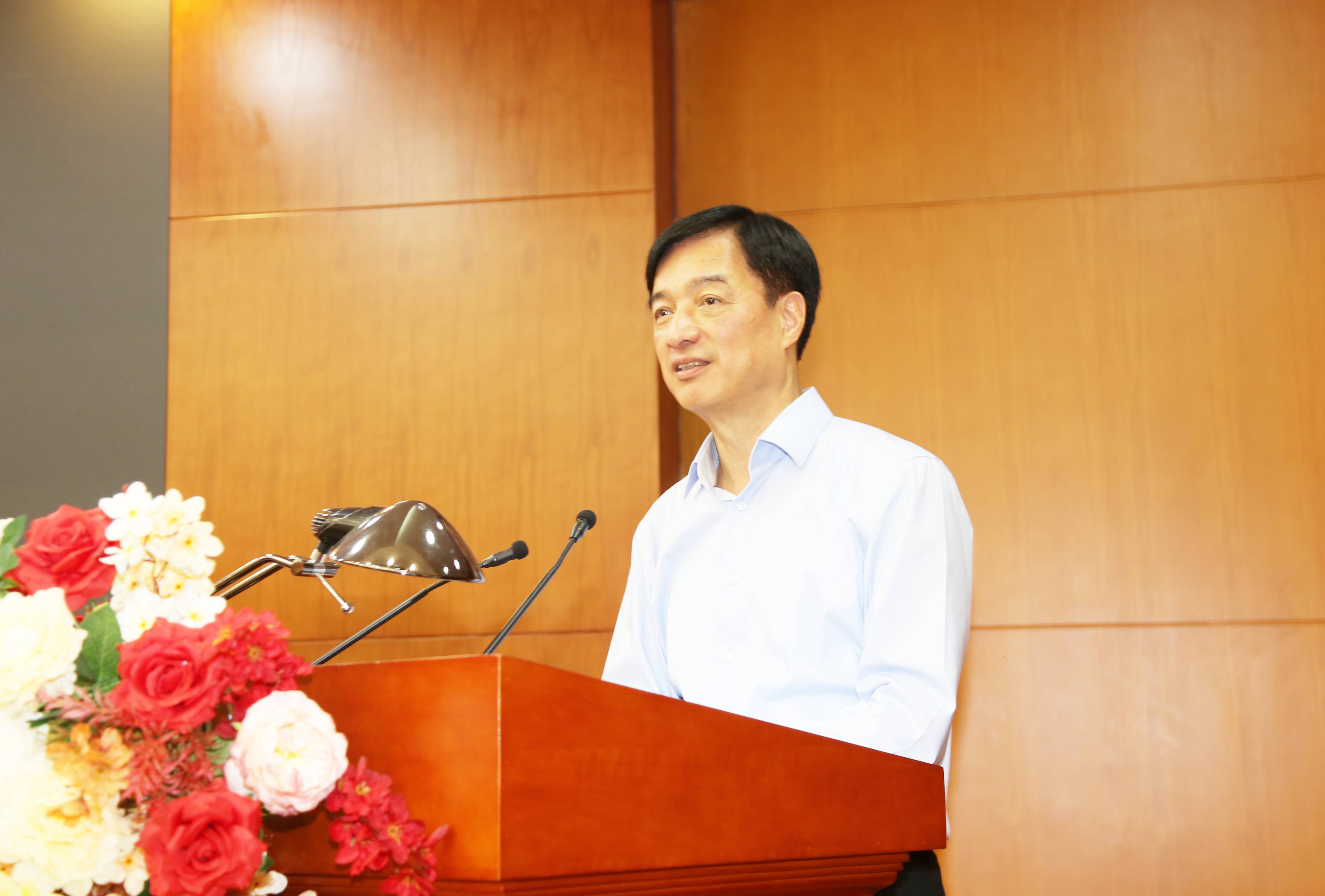





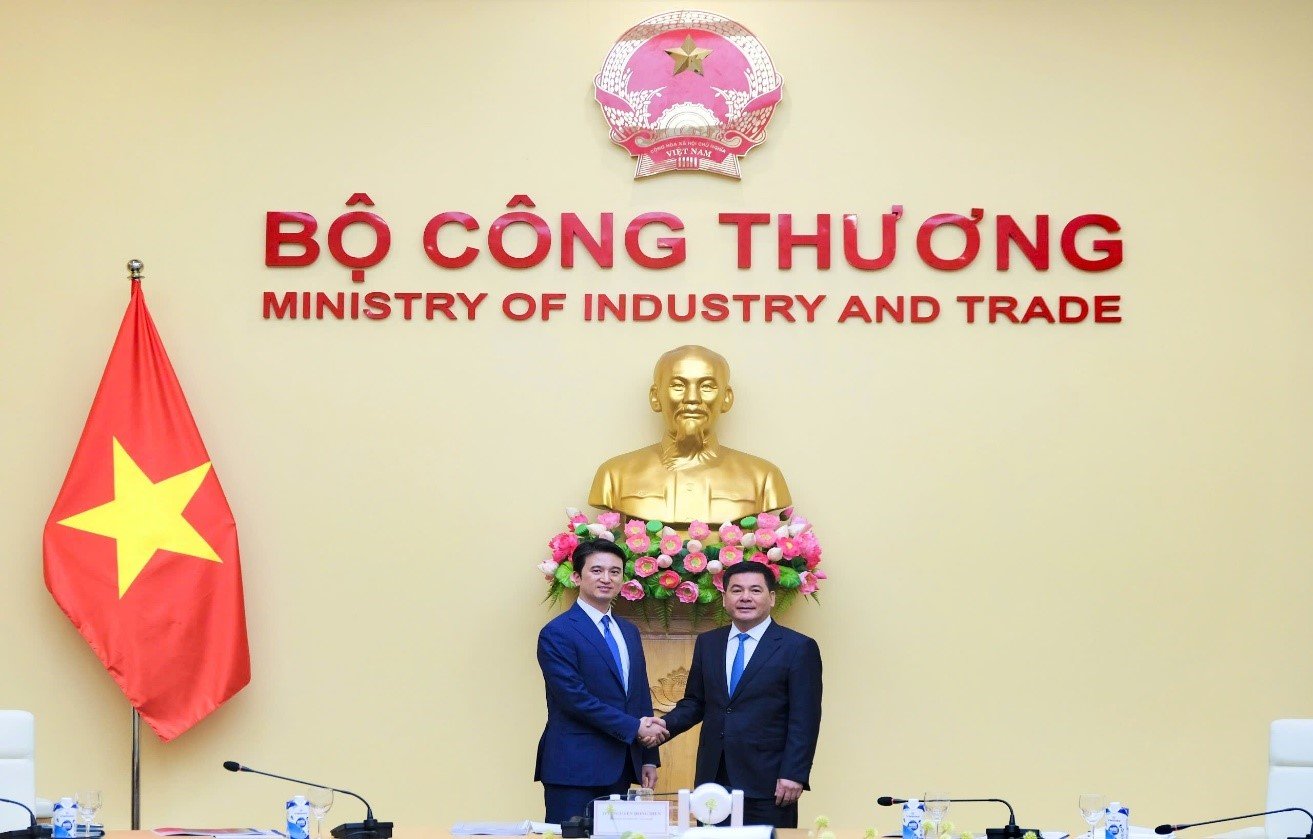

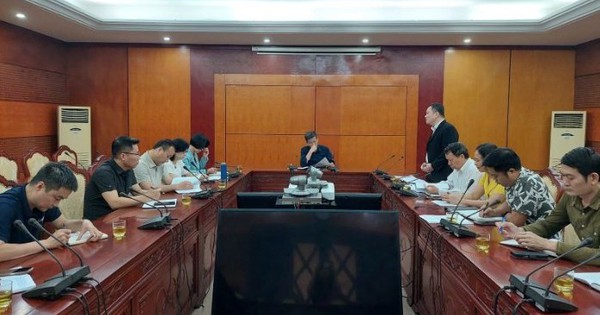
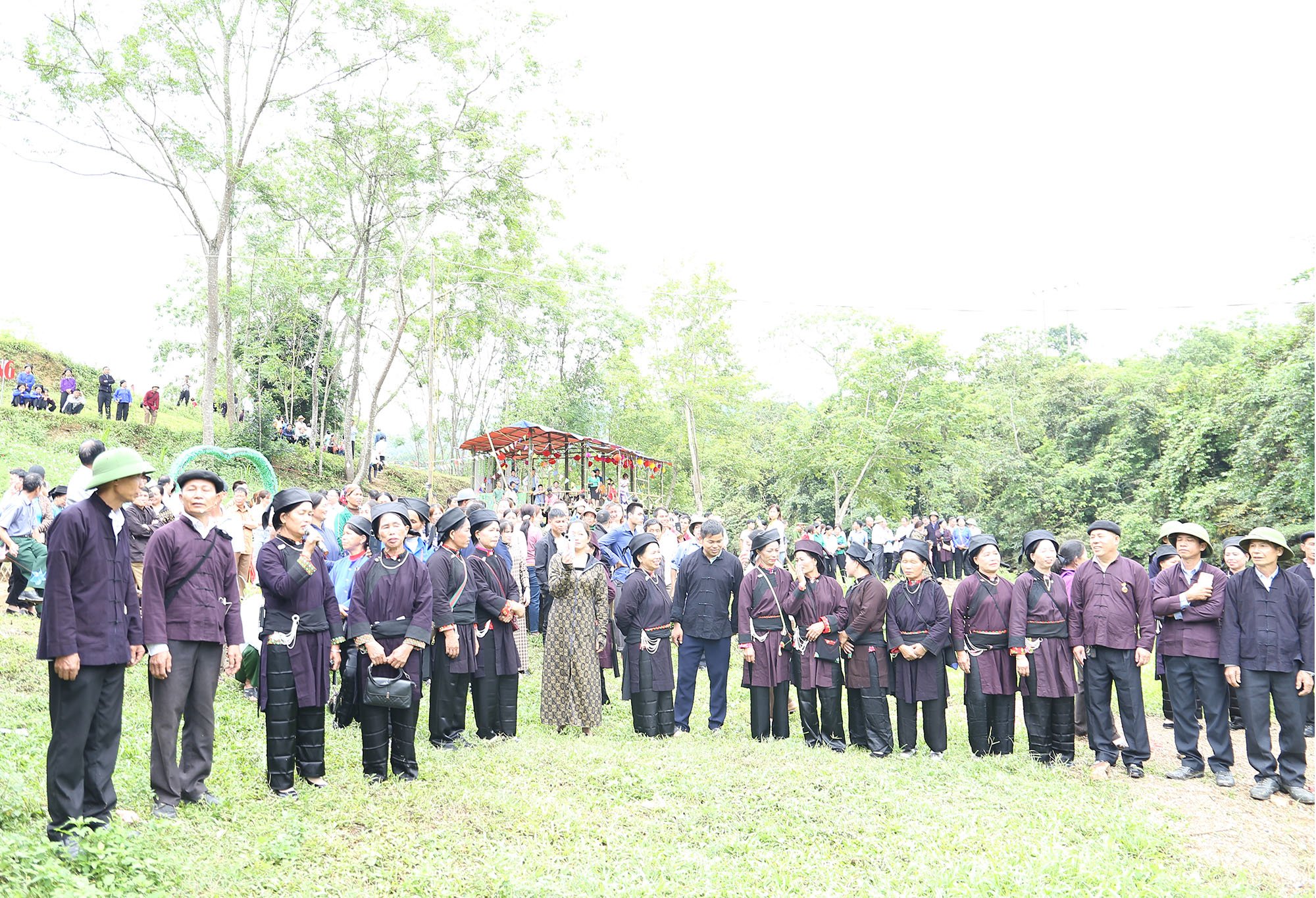
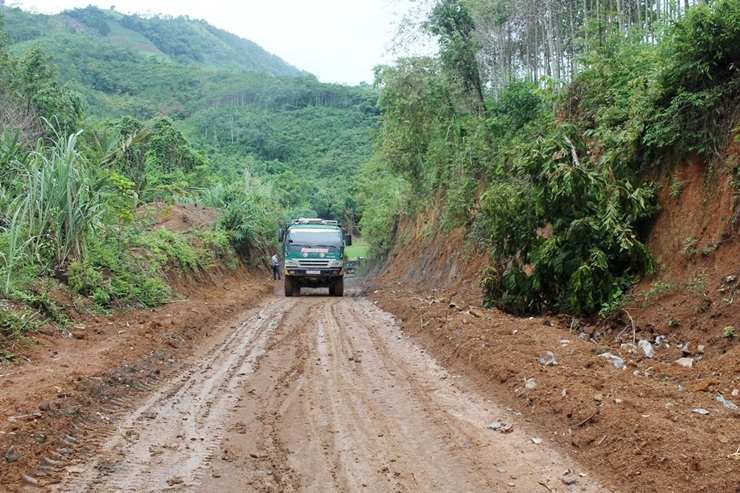

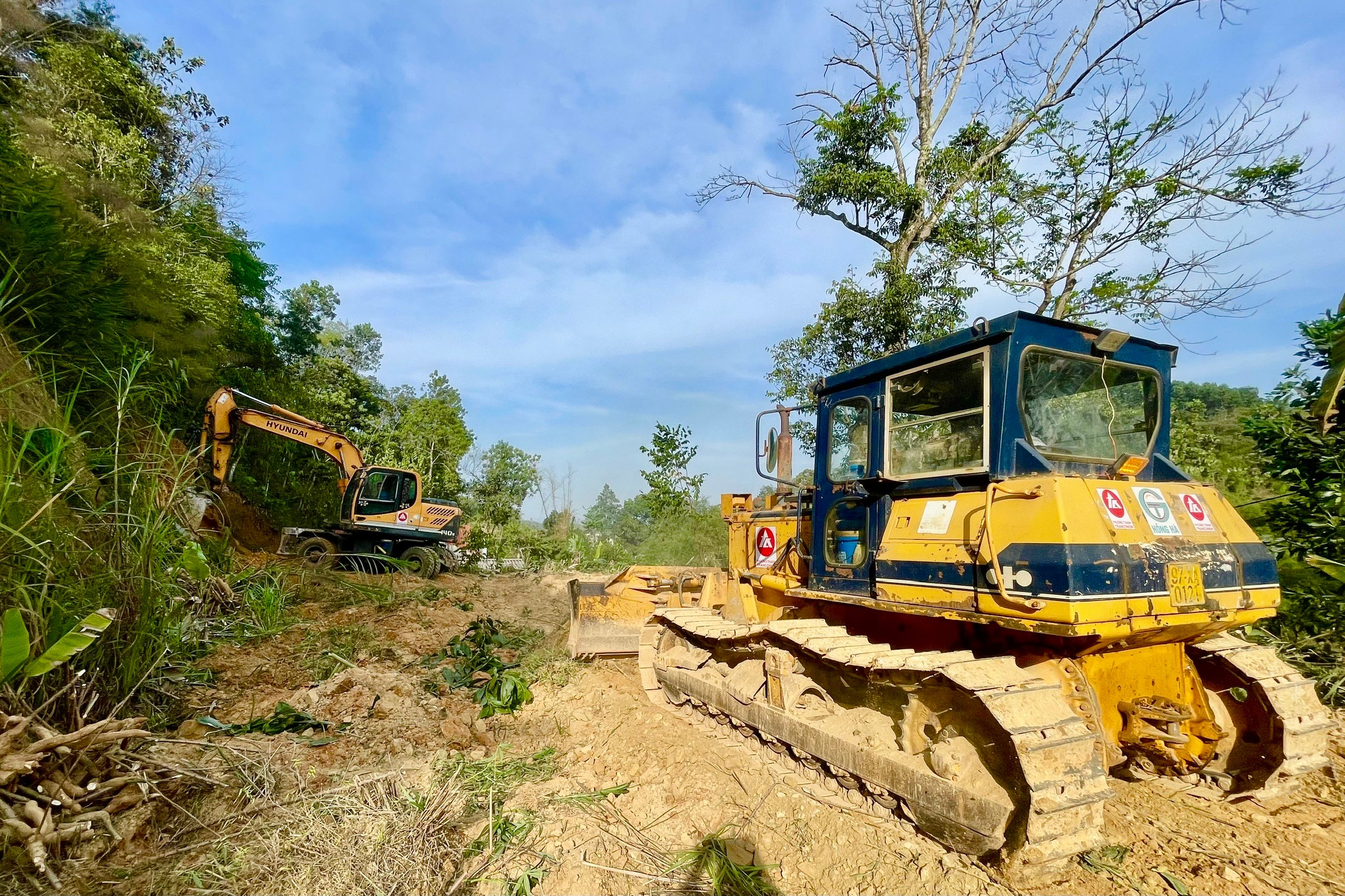
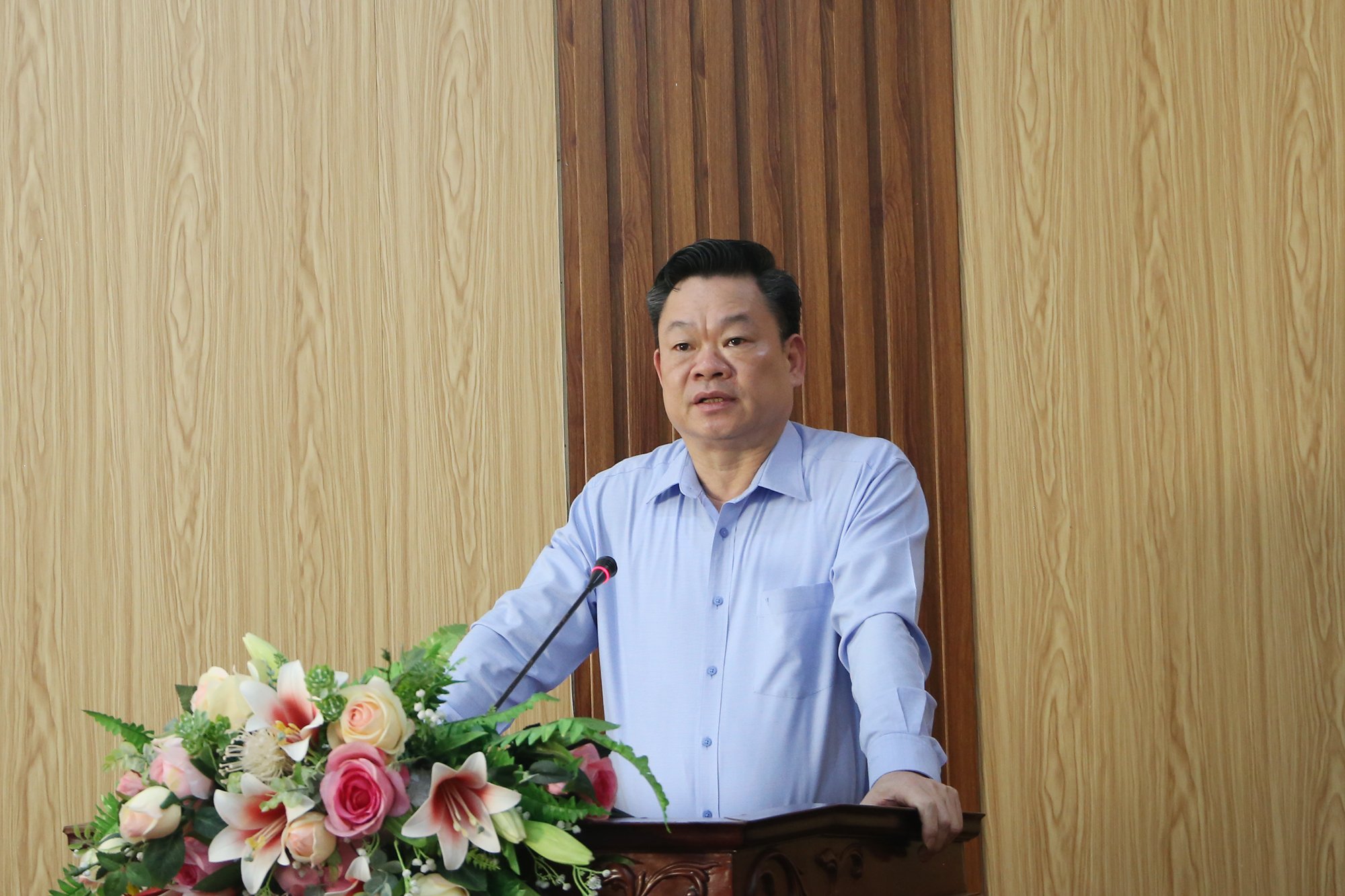












Comment (0)